7 mind-blowing facts you probably never knew about the LGBTQ+ Pride movement
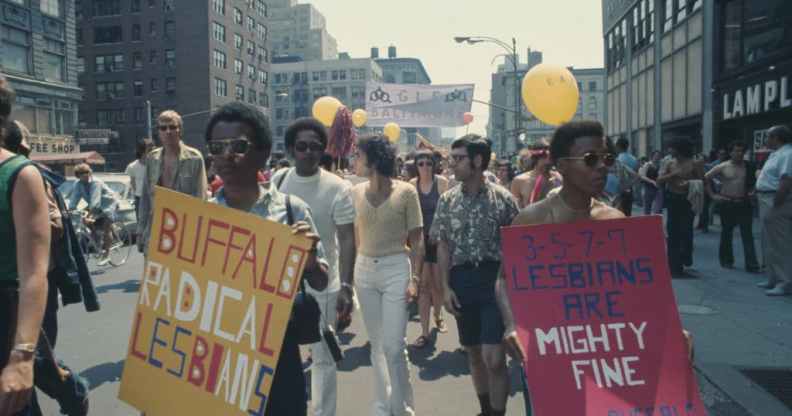
Representatives of the Buffalo Radical Lesbians take part in an LGBT parade through New York City on Christopher Street Gay Liberation Day 1971. (Yigal Mann/Pix/Michael Ochs Archives/Getty)
For LGBTQ+ people, Pride Month – which takes place in June – is the most wonderful time of the year.
On the one hand, Pride Month is a vital opportunity to celebrate who we are. It’s the one time of the year when queer people from all walks of life come together in unity.
It’s not just about celebration, though – Pride is also a protest. It’s a chance for LGBTQ+ people everywhere to draw attention to the injustices we continue to face, from hate crime to oppression from governments.
The Pride movement we all know and love today only exists because of the tireless work of activists throughout the years, who have gone above and beyond to make the world sit up and listen to LGBTQ+ people.
To kick off Pride Month, we bring you seven things you probably never knew about the Pride movement, from its origins to the activist known as the “Mother of Pride”.
1. Pride Month is celebrated in June because of the Stonewall riots
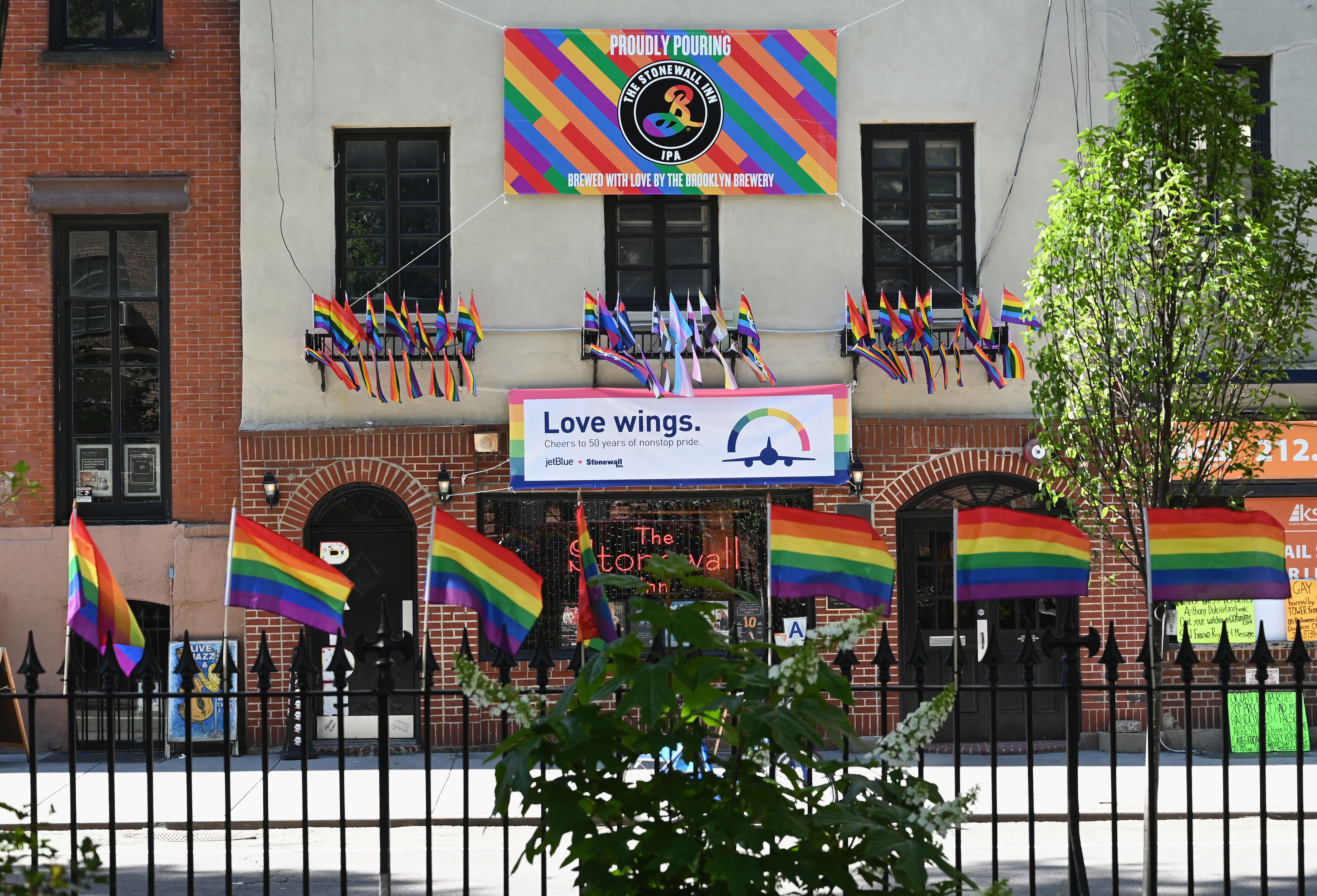
The Stonewall Inn, site of the 1969 riots that fuelled the modern LGBT+ rights movement. (Angela Weiss / AFP)
On 28 June 1969, police raided New York’s Stonewall Inn, a prominent and popular gay bar in the city. It served as a galvanising moment, and it gave birth to the Pride movement as we know it today.
One year later, activists staged a march to commemorate the one year anniversary of the Stonewall riots in New York. It’s generally considered to be the first Pride march.
2. The Pride movement we know and love today wouldn’t be possible without Brenda Howard

Brenda Howard (L). (YouTube)
Brenda Howard was a leading bisexual rights activist and feminist who was an instrumental figure in America’s early LGBTQ+ rights movement.
She was heavily involved in planning the march in New York to commemorate the one year anniversary of the Stonewall riots. Howard and a committee also planned a number of events that continued over the course of a week.
That powerful moment birthed a new tradition in New York, and the city’s Pride movement still thrives to this day. Howard is often referred to as the “Mother of Pride” because of her trailblazing work in the area.
3. The Pride flag came into being in 1978
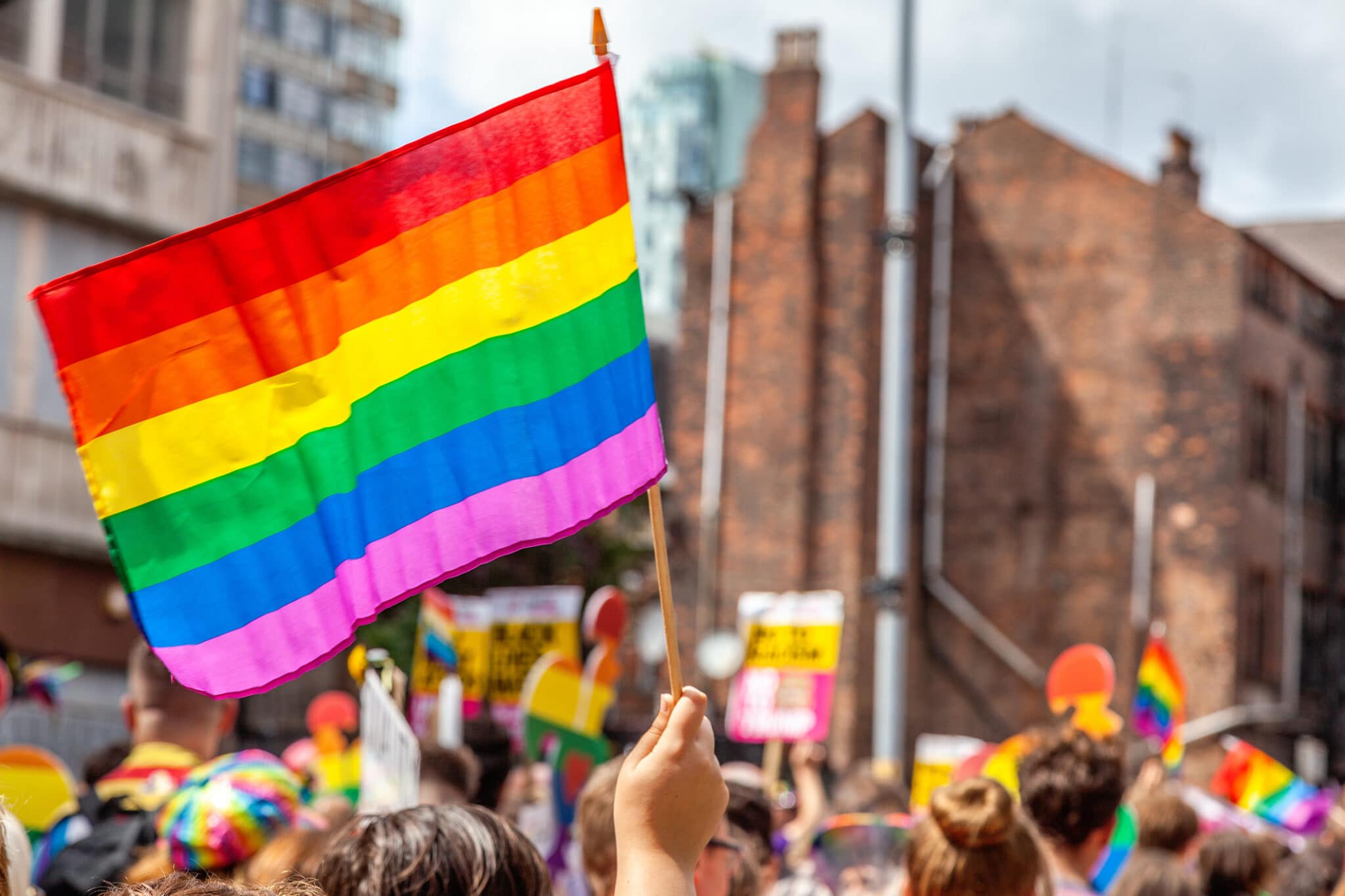
Students flew Pride flags to protest Florida’s Don’t Say Gay law. (Stock photo via Getty)
Today, the Pride colours are plastered everywhere, from products in stores to crossways on streets – but where did they come from?
The Pride flag was invented by Gilbert Baker and was first exhibited at the San Francisco Gay Freedom Day parade in 1978. It quickly caught on, and today it’s a well-known symbol for LGBTQ+ people everywhere.
In the years since, the Pride flag has continually evolved. Today, many LGBTQ+ people favour the Progress Pride flag, while others have designed different flags for their own specific identities.
4. Pride was a natural response to the tendency to see queerness as a mental illness
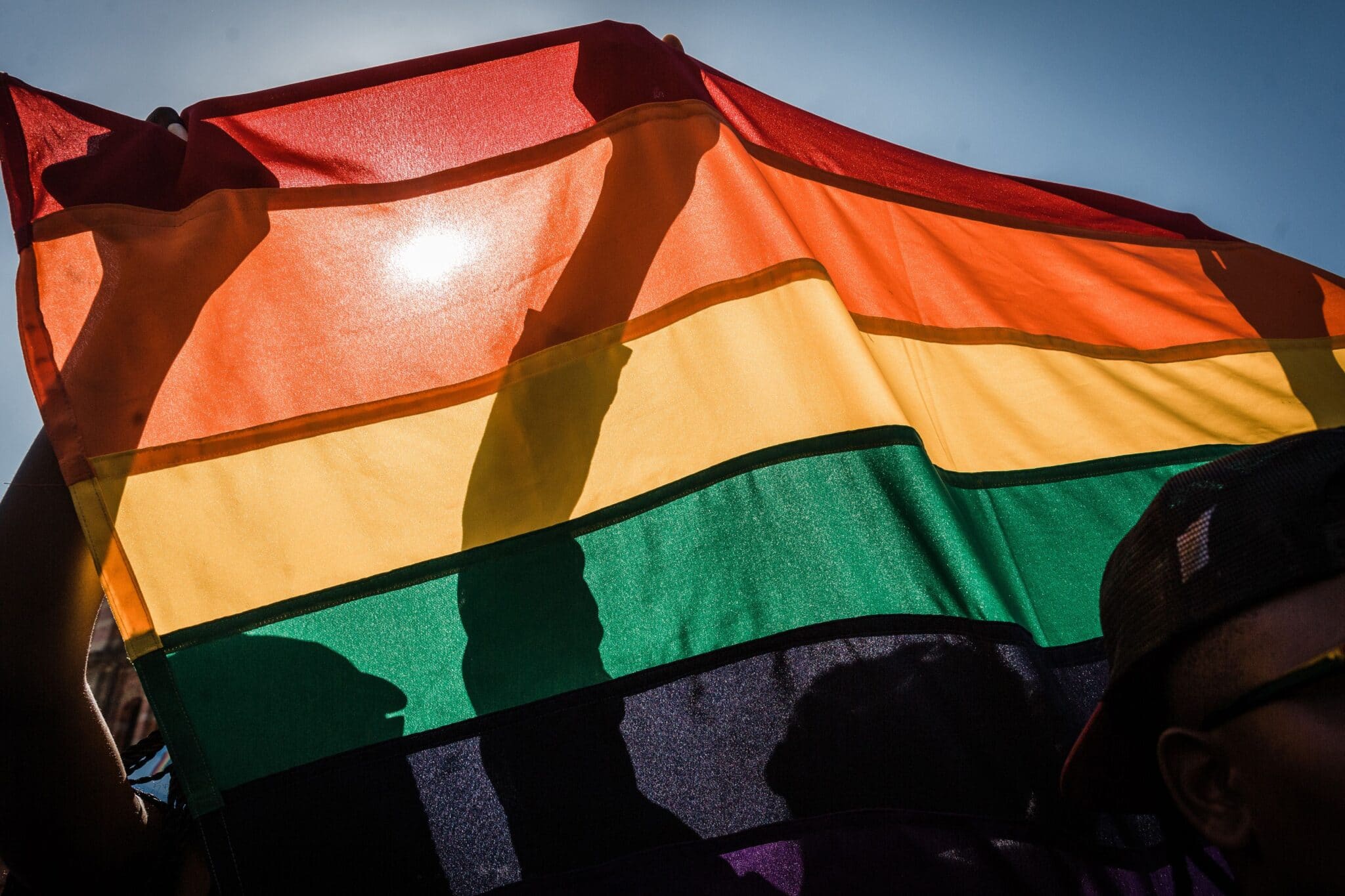
LGBT+ rights in Ghana continue to come under fire.(RAJESH JANTILAL/AFP via Getty)
In the 1950s and 1960s, homosexuality was considered a mental illness, and some LGBTQ+ people were still undergoing pseudoscientific “conversion” practices from psychiatrists.
That, coupled with the fact that homosexuality was criminalised in most places, meant that queer people were pushed to the margins and made to feel like their identity was something to be ashamed of.
It seems fitting, therefore, that much of the early years of the Pride movement was focused around the idea that LGBTQ+ people should be proud to be themselves. That idea underpins the philosophy of the modern day Pride movement.
5. The Pride movement spread rapidly once it started
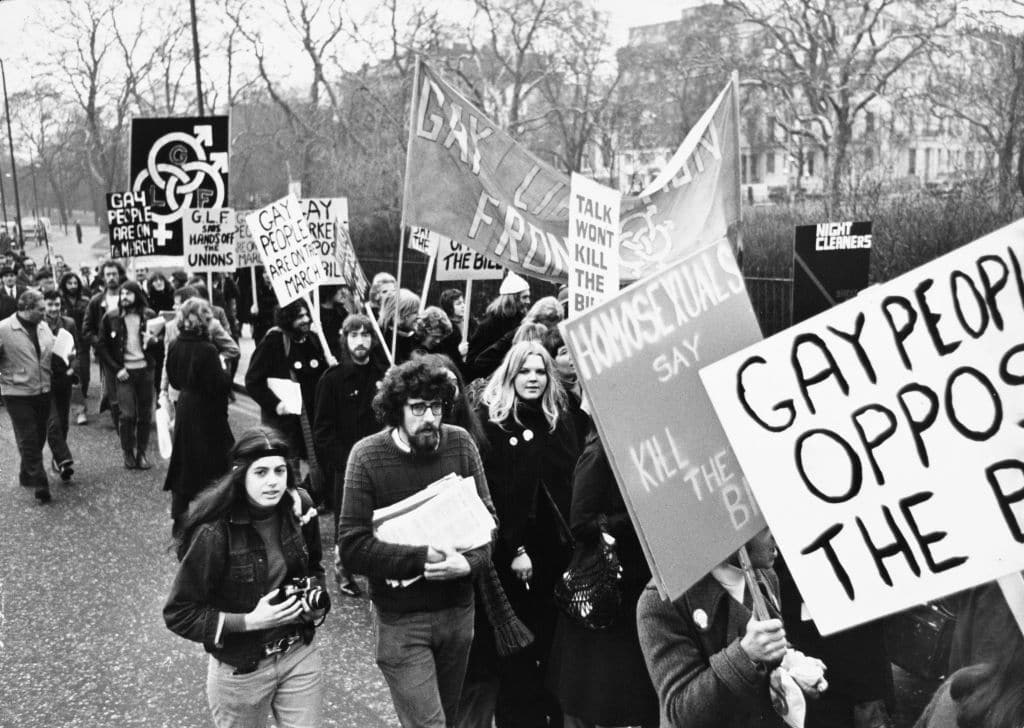
Members of the Gay Liberation Front protesting against the Industrial Relations Bill to call for an end to society’s oppression of homosexuals, London, UK, 13th January 1971. (Daily Express/Pictorial Parade/Hulton Archive/Getty)
After that initial march in New York City in 1970, the Pride movement spread rapidly, with LGBTQ+ people across the United States and Europe eager to take a stand for their rights.
By 1971, Pride marches were taking place in Boston, Dallas, Milwaukee, London, Paris, West Berlin and Stockholm. The following year, even more cities started holding gay rights marches that would form the basis of the modern Pride movement.
6. Most of the early marches were about liberation, but that gradually fell away
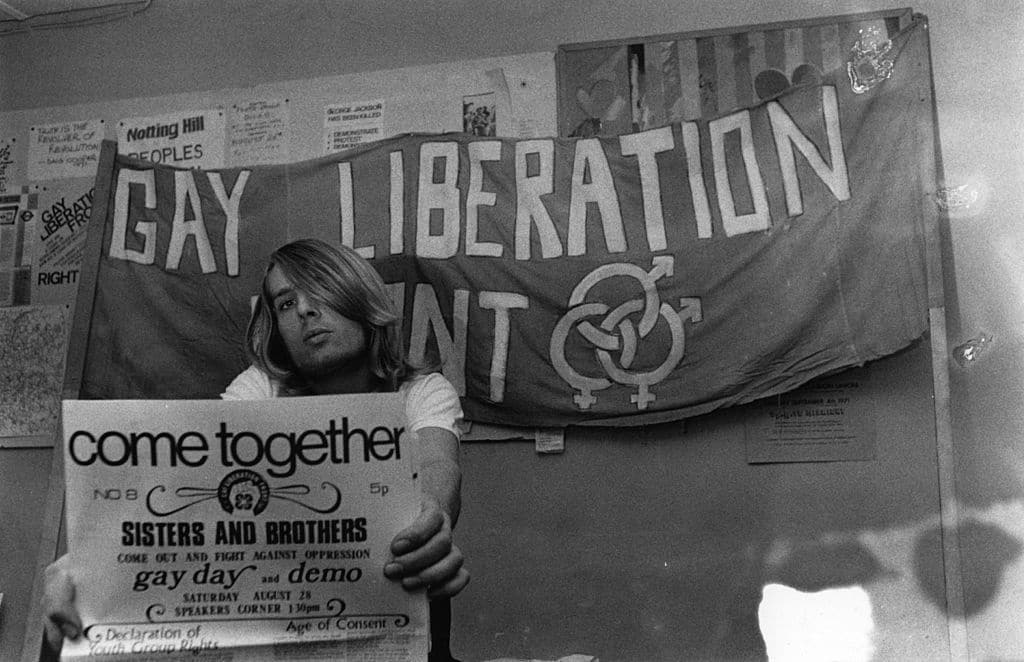
A member of the Gay Liberation Front holding a poster, circa 1971. (Evening Standard/Getty)
Many of the early LGBTQ+ rights marches included “liberation” or “freedom” in their names, and for good reason – plenty of queer people wanted to be liberated from the shackles of heteronormative society, to feel that they could simply be themselves without having to answer to anyone.
By the time the 1980s came around, the word “liberation” wasn’t being used quite as much, with many marches instead going with “Pride”. Part of that was down to elements of conservatism within the movement – notably, some marches were reluctant to adopt the change.
For example, San Francisco only changed its name from Gay Freedom Day Parade to Gay Pride Day Parade in 1994.
7. The LGBTQ+ movement isn’t allowed to thrive everywhere
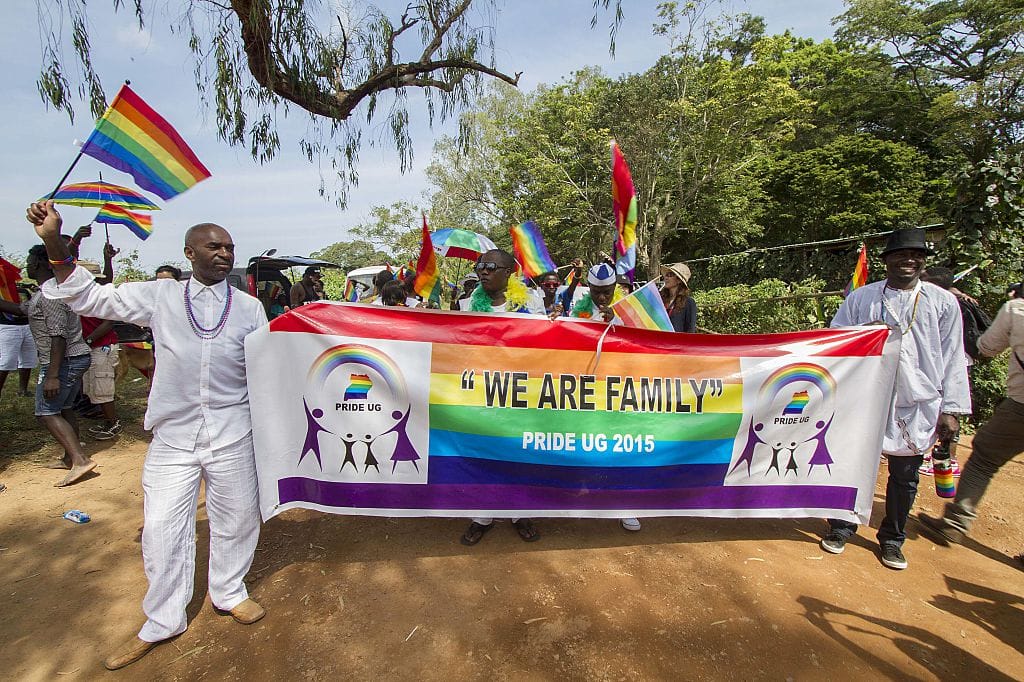
People hold a banner reading “We are Family” while waving rainbow flags as they take part in the Gay Pride parade in Entebbe on August 8, 2015. (ISAAC KASAMANI/AFP via Getty)
In cities like New York and London, most people now accept that the Pride march is an annual celebration, whether they like it or not.
But that’s not the case everywhere – homosexuality is still criminalised in numerous countries all around the world, and queer people are neither accepted nor tolerated in many other places.
In recent years, police have broken up Pride marches in Uganda, Brazil and Turkey, among other places, proving just how important the Pride movement really is.

